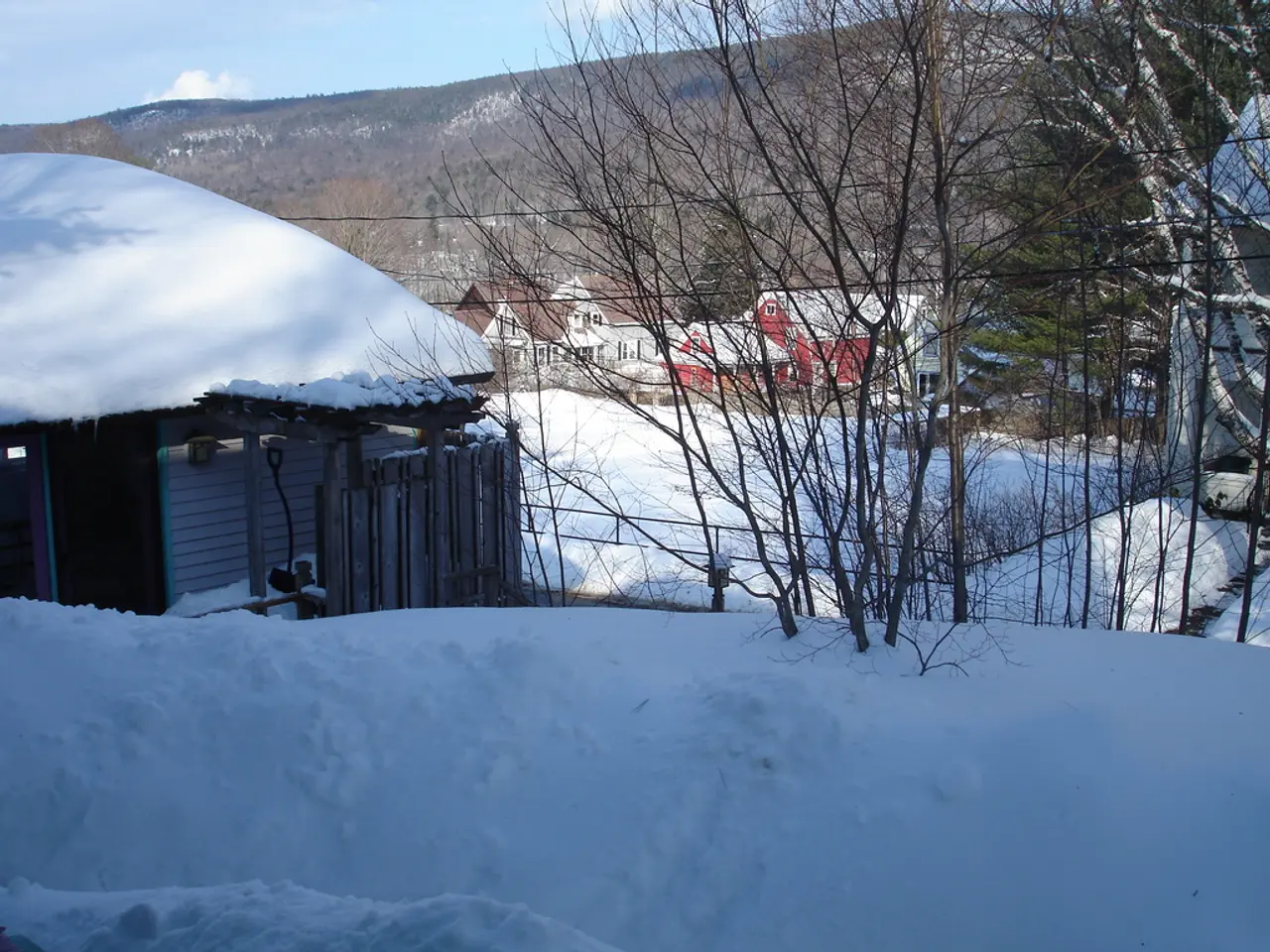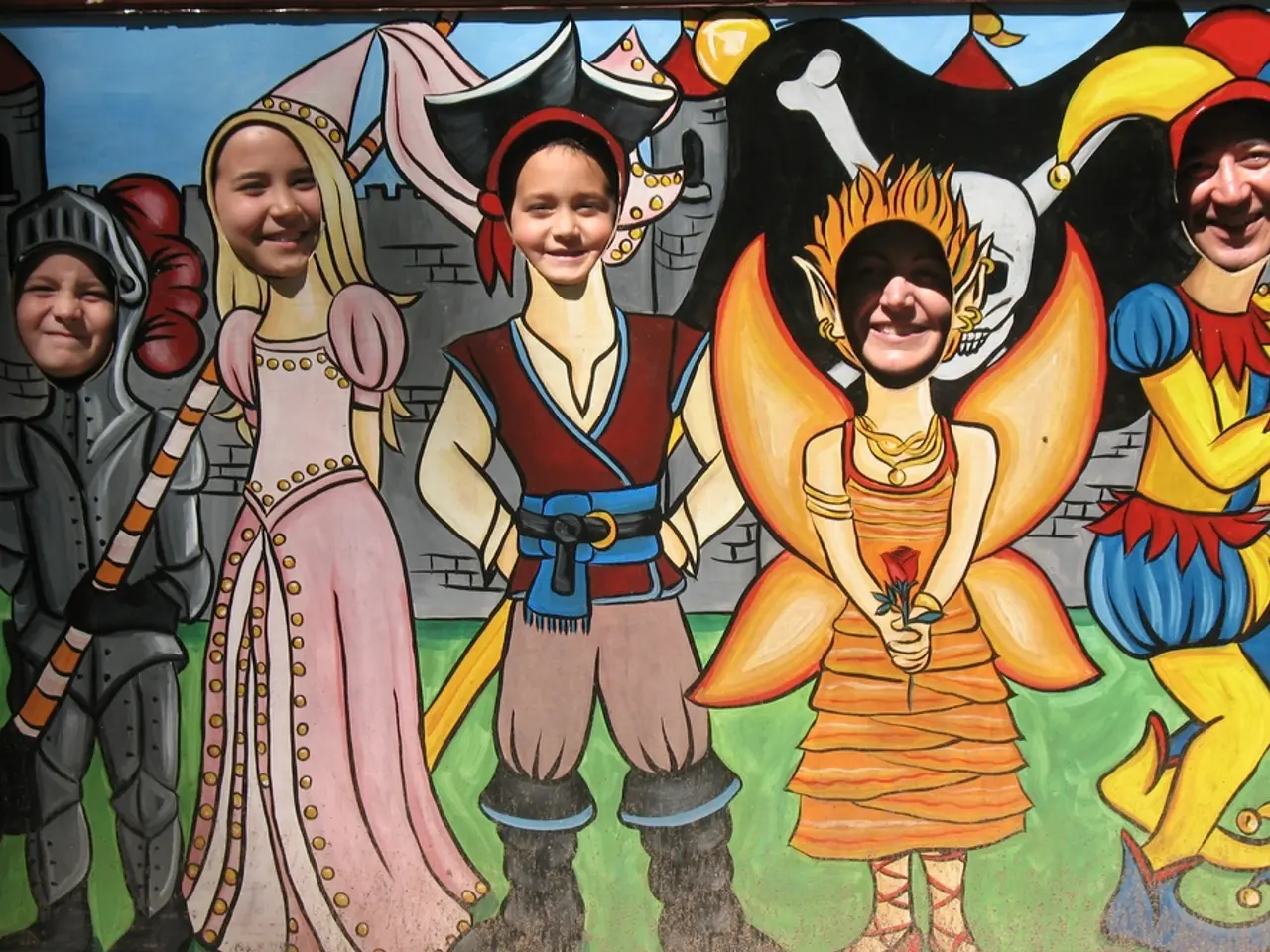Contribute to Snow Measurements with American Museum of Natural History's Community Science Initiative
In the Eastern United States, the Community Snow Observations (CSO) network is expanding, inviting winter enthusiasts to join a global citizen science effort. By measuring snow depth, snowfall, and snow water equivalent at their locations and reporting these observations through the Snow Scope app, participants can help fill important data gaps, particularly in areas where official monitoring stations are sparse.
To contribute, simply turn on location in your mobile device while using the app, select the 'Snowpack Height' feature by pressing the orange plus button at the bottom of the screen, and take three snow depth measurements in your immediate vicinity using a measuring device such as a ruler or an avalanche probe. Ensure these measurements are made in an undisturbed area for accurate results. After averaging the three measurements (units = centimeters), record the average in the app and select the 'Save' option to finalize the observation.
CSO is replacing the 'Mountain Hub' app with the 'Snow Scope' app for all 2023 observations. Notably, the Snow Scope app geolocates observations, even without cell service, making it an ideal tool for remote areas. The CSO community can be connected with through their Instagram, Twitter, or mailing list.
Your contributions to networks like CSO and CoCoRaHS (Community Collaborative Rain, Hail and Snow Network) offer numerous benefits. Accurate and timely snow data help avalanche forecasters understand snowpack conditions, assess avalanche risks, and issue warnings that can save lives. Snowpack information is also critical for hydrologists to forecast spring meltwater runoff and potential flooding events, allowing for better flood preparedness and water resource management.
In agriculture, snow water equivalent data inform farmers and agronomists about soil moisture prospects for the coming growing season, aiding in crop planning and irrigation management. Long-term snow observations improve scientific understanding of how snow cover and melt patterns affect ecosystem processes such as soil moisture availability, plant phenology, and aquatic habitats.
Community contributions are vital as they provide high-resolution spatial and temporal data that complement automated sensors and satellite observations, enhancing overall environmental monitoring and forecasting capabilities.
Joining local or regional community-based snow observation programs such as CoCoRaHS and other cooperative networks can be a rewarding experience. Not only does it support science, but it also connects you with a community of weather and environment enthusiasts. Look up local CSO and CoCoRaHS groups in your area, sign up as an observer, and follow their training and data submission protocols commonly found on their websites. Together, we can improve snow cover estimates for avalanche safety, flood predictions, agriculture, and ecosystem science.
- By downloading the Snow Scope app and participating in the Community Snow Observations (CSO) network, citizen scientists cancontribute to environmental-science, specifically climate-change research, by providing important snow data in remote areas.
- In addition to avalanche safety and flood predictions, agricultural benefits can be gained from contributing to networks like CSO and CoCoRaHS, as soil moisture prospects for the coming growing season can be estimated based on snow water equivalent data.






